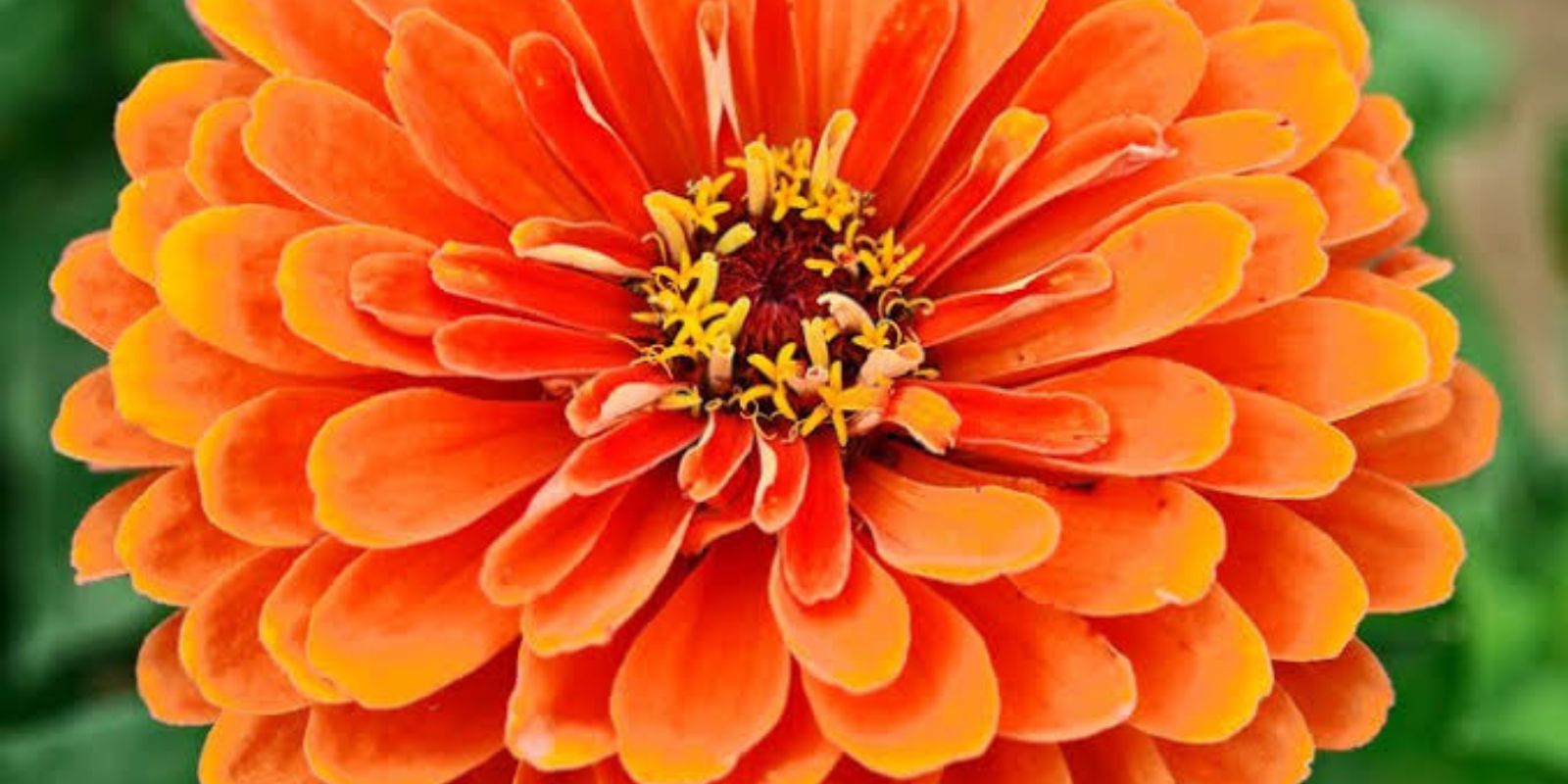Marigolds, those cheerful orange, yellow, and reddish flowers, are much more than just decorative garden plants. Often overlooked, they are nature’s powerhouse with immense benefits for gardening, pest control, health, and even culinary uses. Commonly known as “garafias” or “African marigolds,” these blooms have a distinctive sulfur-like scent and an array of practical applications that make them a must-have in every garden.
This comprehensive guide explores the multifaceted uses of marigolds, how to grow them, and ways to make the most of their extraordinary properties.
1. Understanding Marigolds: A Brief Overview
Marigolds are part of the Tagetes genus, boasting over 50 species. They come in various forms, heights, and colors, ranging from bright yellow to deep orange and reddish hues. Known for their extended blooming season, marigolds thrive from June until the first frost, making them a reliable and colorful addition to any garden.
Their vibrant green, often lobed leaves, add to their charm, while their unique odor serves as a natural pest deterrent.
2. How to Grow Marigolds for Maximum Benefits
Step 1: Planting
- Timing: Plant marigold seeds in April, ensuring they are safe from late frosts.
- Location: Choose a sunny spot, as marigolds thrive in full sunlight.
- Containers or Ground: Grow them directly in the soil or in pots to safeguard young plants from pests like slugs.
- Soil: Marigolds adapt well to most soil types but prefer well-draining, moderately fertile soil.
Step 2: Maintenance
- Watering: Water sparingly; marigolds are drought-tolerant and dislike overwatering.
- Deadheading: Remove spent blooms to encourage more flowering throughout the season.
Step 3: Self-Sustaining Growth
- Collect and store seeds from dried flowers in a cool, dark place.
- Replant these seeds annually to ensure a continuous supply of marigolds in your garden.
3. Marigolds as Natural Pest Control
Marigolds are a gardener’s secret weapon for managing pests without chemicals. Here’s how they help:
- Repel Nematodes: Their roots release compounds that deter nematodes, benefiting crops like strawberries, onions, and carrots.
- Ward Off Insects: Aphids, mosquitoes, and houseflies detest the pungent scent of marigolds, making them an effective natural repellent.
- Attract Beneficial Pollinators: Marigolds draw bees and other pollinators, enhancing the productivity of vegetables like zucchini, cucumbers, peas, and tomatoes.
4. Medicinal Uses of Marigolds
Healing Oil Preparation
- Grate fresh marigold flowers and mix with oil at a ratio of 1 part flowers to 3 parts oil.
- Let the mixture infuse for 3 weeks in a sunny spot.
- Use the resulting oil for massaging sore joints, muscles, and bones.
Other Health Benefits
- Stomach Relief: Marigold infusions help alleviate stomach aches and digestive discomfort.
- Joint Pain Relief: Adding marigold decoctions to bathwater offers quick relief for sore joints.
- Antibacterial and Antiviral Properties: Marigolds are known to combat mold, candidiasis, and bacterial infections.
5. Marigolds for Household and Personal Use
Marigolds are more versatile than you might imagine:
- Lice Repellent: Apply marigold oil to hair to eliminate lice naturally.
- Mosquito Repellent: Keep pots of marigolds near windows and doors to deter mosquitoes.
- Fly Control: Their scent drives away flies, making them perfect for outdoor gatherings.
6. Culinary Uses: Add a Sweet Touch to Your Meals
Surprisingly, marigold petals are edible and can add a burst of flavor and color to dishes:
- Taste: The petals have a sweet, anise-like flavor.
- Uses: Incorporate them into salads, soups, sauces, and even desserts for a unique touch.
7. Why You Should Include Marigolds in Your Garden
Planting marigolds in your vegetable patch does wonders for the overall health of your garden:
- Enhanced Fertility: Marigolds improve soil quality, reducing the need for synthetic fertilizers.
- Increased Pollination: Their vibrant blooms attract pollinators, which boosts fruit and vegetable yields.
- Pest-Free Crops: By repelling harmful pests, marigolds help protect valuable crops.
8. Tips for Sustainable Marigold Gardening
- Intercropping: Plant marigolds alongside crops like tomatoes, peppers, and zucchini for mutual benefits.
- Composting: Add spent marigold flowers to your compost pile for nutrient-rich fertilizer.
- Year-Round Decor: Grow marigolds in pots indoors during colder months for their aesthetic and practical benefits.
9. The Environmental Impact of Growing Marigolds
Marigolds are a sustainable alternative to chemical fertilizers and pesticides. By integrating them into your gardening routine, you contribute to a healthier environment, reduce chemical runoff, and support biodiversity.
10. Final Thoughts: The Hidden Potential of Marigolds
Most gardeners see marigolds as a vibrant, low-maintenance flower, but their uses go far beyond aesthetics. From natural pest control and medicinal applications to culinary and household benefits, marigolds are truly a gardener’s best friend.
By planting marigolds in your garden, you’re not just adding beauty—you’re creating a healthier, more sustainable environment for your plants and yourself.
🌼 Are you already growing marigolds? Let us know how you use them in the comments! 💬
📌 #MarigoldMagic #GardeningTips #SustainableLiving #NaturalRemedies #PestControl

